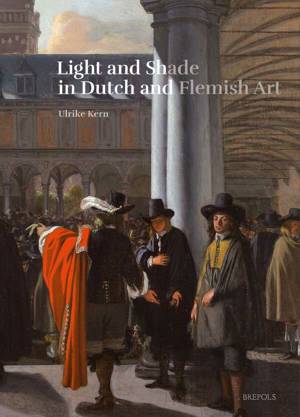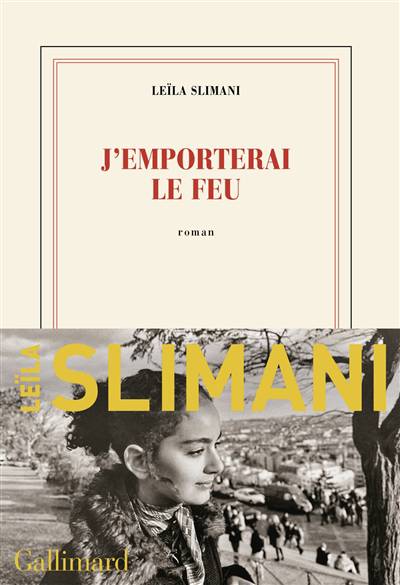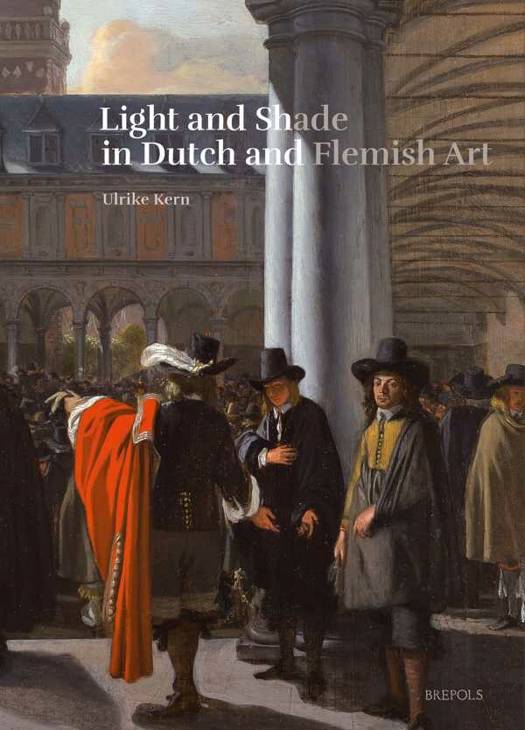
- Retrait gratuit dans votre magasin Club
- 7.000.000 titres dans notre catalogue
- Payer en toute sécurité
- Toujours un magasin près de chez vous
- Retrait gratuit dans votre magasin Club
- 7.000.000 titres dans notre catalogue
- Payer en toute sécurité
- Toujours un magasin près de chez vous
Light and Shade in Dutch and Flemish Art
A History of Chiaroscuro in Art Theory and Artistic Practice in the Netherlands of the Seventeenth and Eighteenth Centuries
Ulrike Kern
Livre broché | Anglais
127,20 €
+ 254 points
Description
This book presents the first systematic analysis of artistic techniques and terminology related to the rendering of light and shade in Dutch and Flemish art from the early-seventeenth to the mid-eighteenth century. It traces a shift in aesthetic perception, which is visible in the handling of chiaroscuro in Dutch and Flemish art in the course of 150 years, and challenges the view, widespread since Julius von Schlosser's influential survey of European art and literarure, that Netherlandish art was mainly uninventive. In their discussions Netherlandish writers of art theory drew on a) earlier and foreign art literature, b) their insights, mainly as painters, into workshop practice, c) observation of nature (including natural sciences) and d) aesthetic judgement. This volume investigates the different extents to which Netherlandisch writers on art depended on these four aspects as they devised their concepts of chiaroscuro and how this relates to contemporary pictorial practice. Statements on chiaroscuro in the writings of Karel van Mander, Philips Angel, Willem Goeree, Samuel van Hoogstraten, Gerard de Lairesse, Arnold Houbraken and Jacob Campo Weyerman have been compared with paintings of the period to test the writers' statements against the artists'methods. The comparison shows that writers of art theory described partly the same or similar methods to achieve effects of chiaroscuro that artists used in their works, which is understandable, given that most of them were active as artists themselves. Yet there are also divergences, especially when it comes to the question whether artists should value rendering natural effects over pictorial coherence. Dutch writers of art regarded natural impression as a crucial aim of art, but they often struggled with reconciling nature and aesthetic requirements in their arguments. In the art of the Netherlands, however, we can observe frequently that aesthetic and pictorial composition came before nature.
Spécifications
Parties prenantes
- Auteur(s) :
- Editeur:
Contenu
- Nombre de pages :
- 224
- Langue:
- Anglais
Caractéristiques
- EAN:
- 9782503549446
- Date de parution :
- 30-06-15
- Format:
- Livre broché
- Format numérique:
- Trade paperback (VS)
- Dimensions :
- 208 mm x 295 mm
- Poids :
- 997 g







